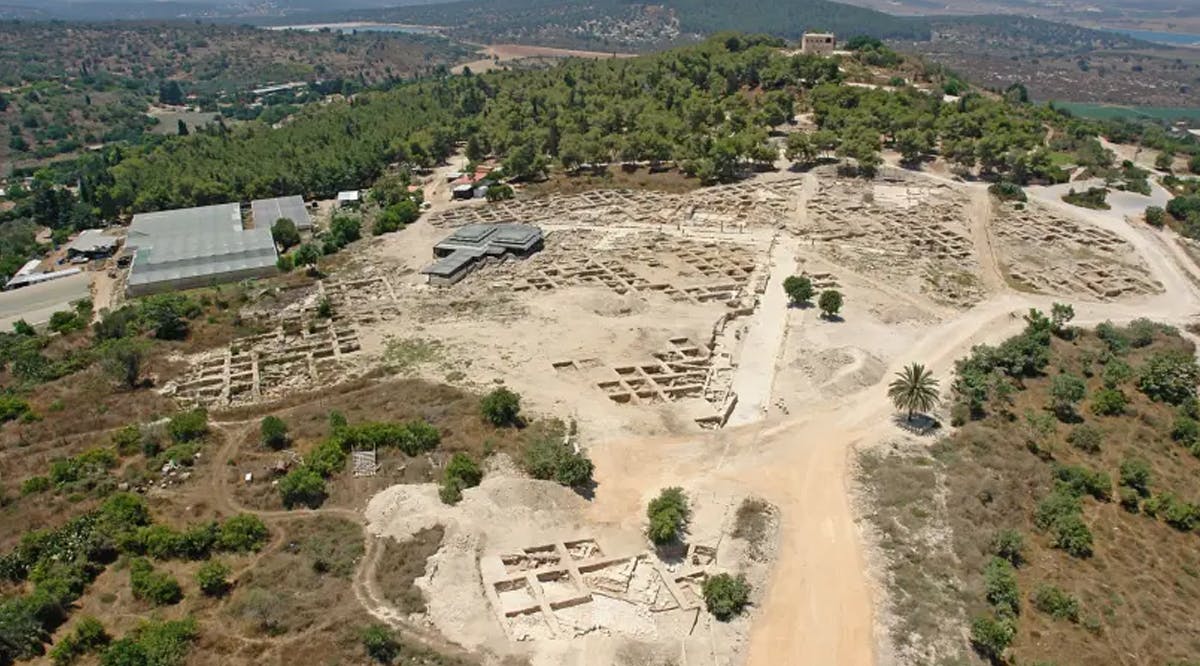
Special Vessels Show Jewish Continuity in Israel After Roman Destruction
New research offers insights on how Jewish life continued in the Land of Israel after the destruction of the Temple and Jerusalem at the hands of the Romans.
The use of chalkstones vessels, very common among the Jewish population during the Second Temple Period, did not stop with the destruction of the city in the second century CE as previously thought but continued in the Galilee, the new center of Jewish life, for at least another two centuries.
The most accepted interpretation on the reason why chalkstone vessels were prevalent during the Second Temple Period is connected to Jewish purity laws. According to these laws, stone vessels did not receive impurity, while clay vessels were extremely susceptible to it and very hard to purify.
Tzipori was already a major Jewish center in the first century CE, and that importance only grew: the great Rabbi Yehuda Hanasi moved the Sanhedrin there in the second half of the second century, and the Mishna, the foundational text of rabbinic Judaism, was compiled in the city. (JPost / VFI News)
Now I commend you because you remember me in everything and maintain the traditions even as I delivered them to you. —1 Corinthians 11:2